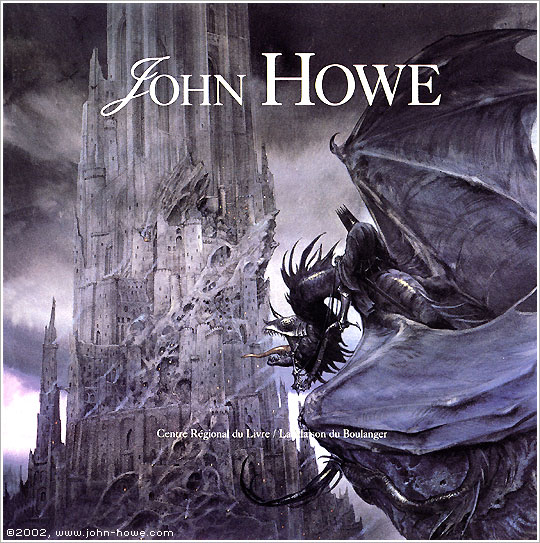

Phoebe Hessel and Hannah Snell apparently disguised themselves as men to follow their lovers into the army, several ' female husbands' were reported to have married women for either money or love, and many people who lived and worked as men were only discovered after death to have been assigned female at birth. There was even a craze for ballads, chapbooks, and plays about 'warrior women'.

Many, many stories of crossdressing women were reported in the 17th, 18th, and 19th centuries. However, what is clear from the glimpses that have reached us - from Princess Seraphina, who was assigned male at birth but lived as a woman, to Mary Frith, who dressed in men's clothing but retained her female identity - is that then as now, gender was not a simple binary. Concepts of gender and sexuality have changed throughout history, and the labels we use today would probably make little sense to someone from the past. One of the challenges of uncovering LGBTQ+ histories is that we can’t go back and ask the individuals in question how they would define or describe their identities.


 0 kommentar(er)
0 kommentar(er)
